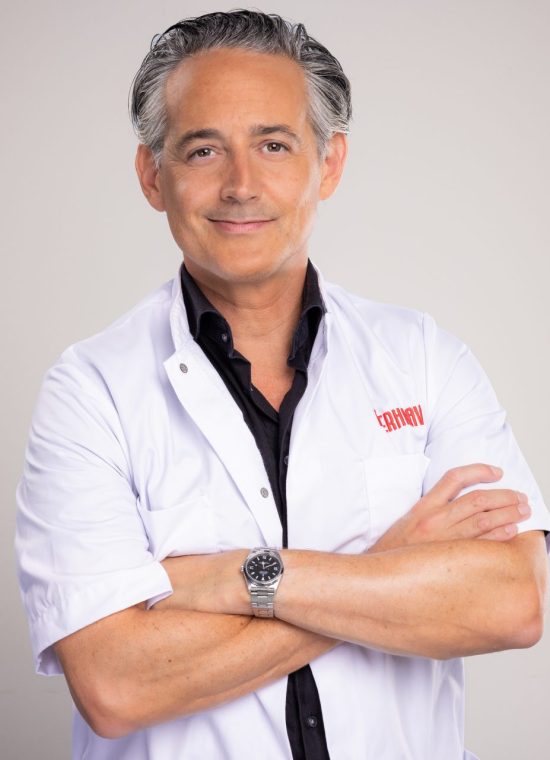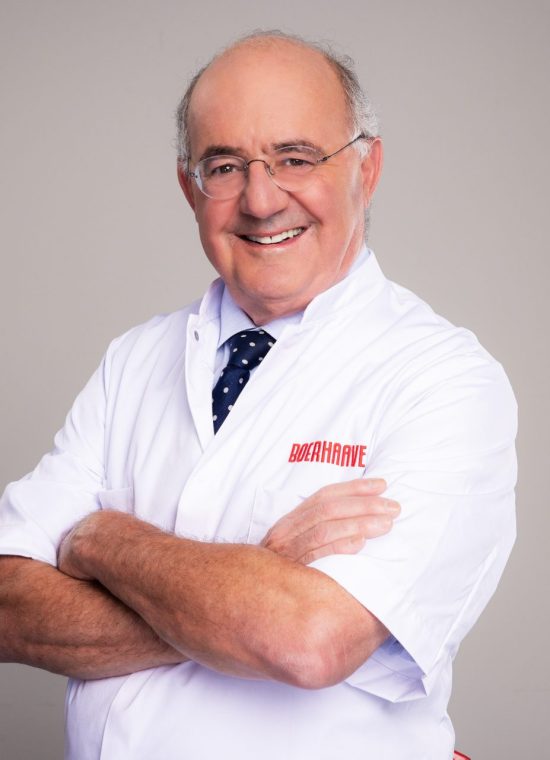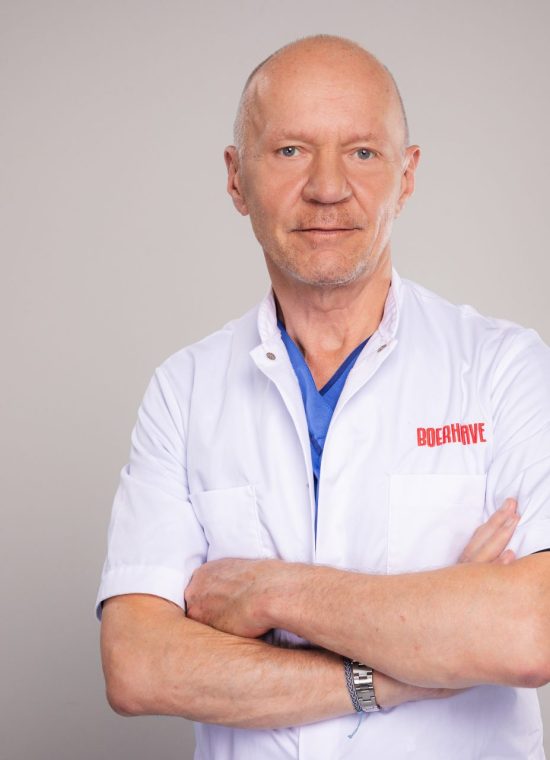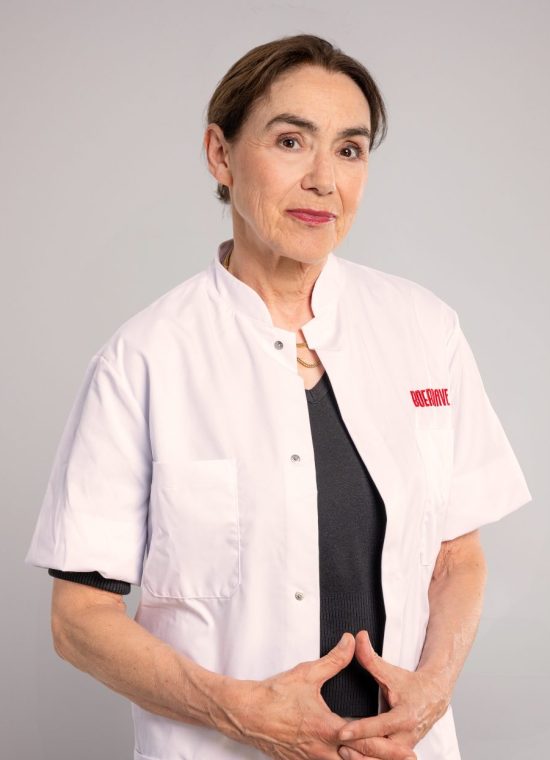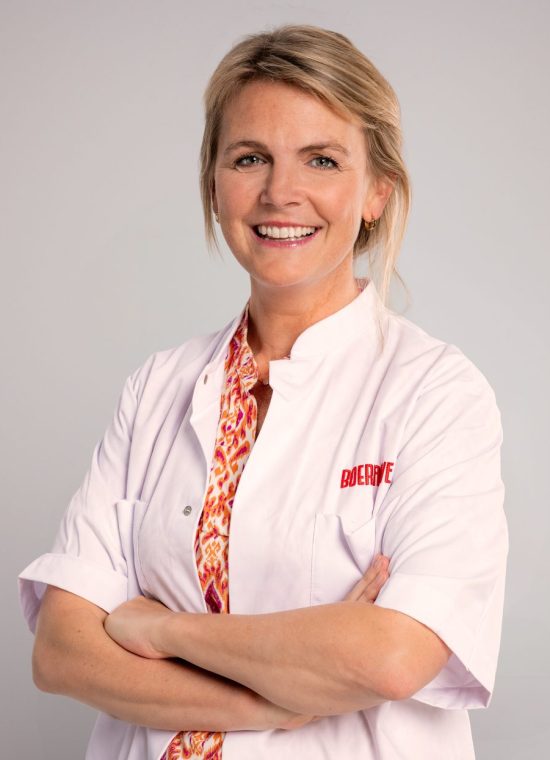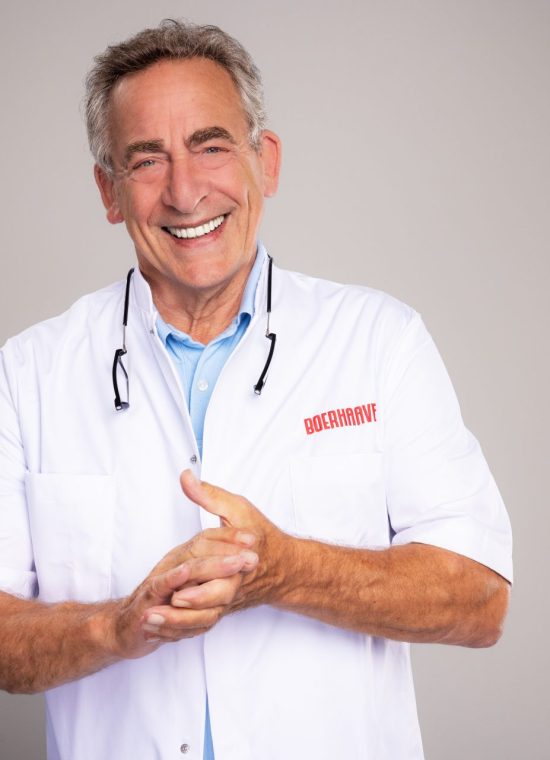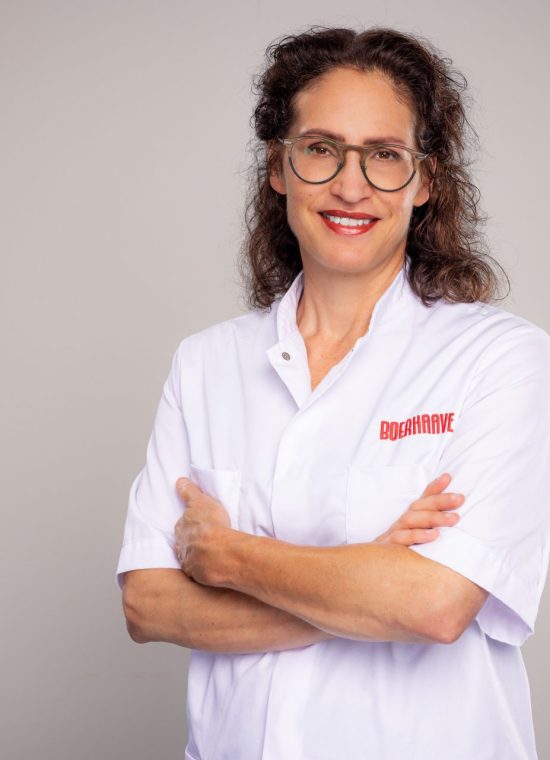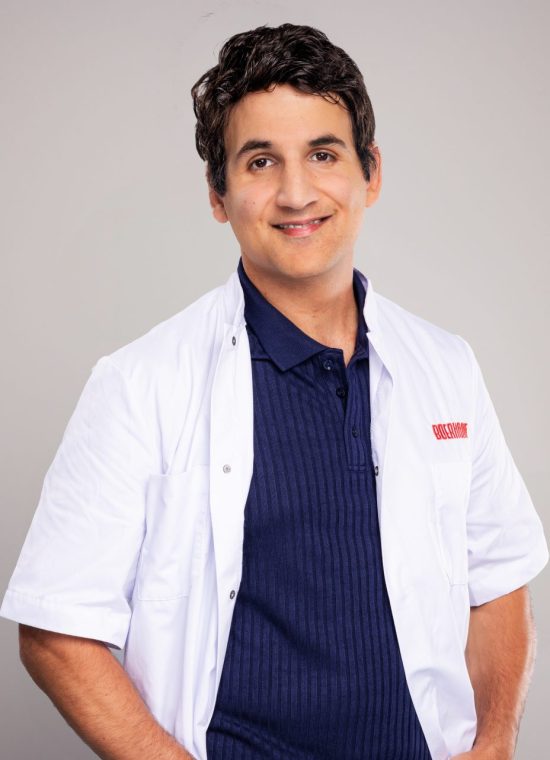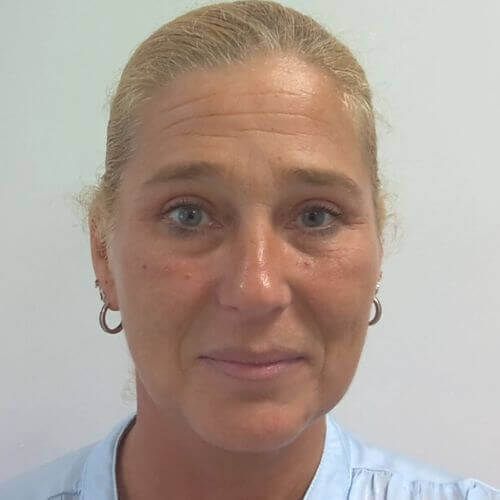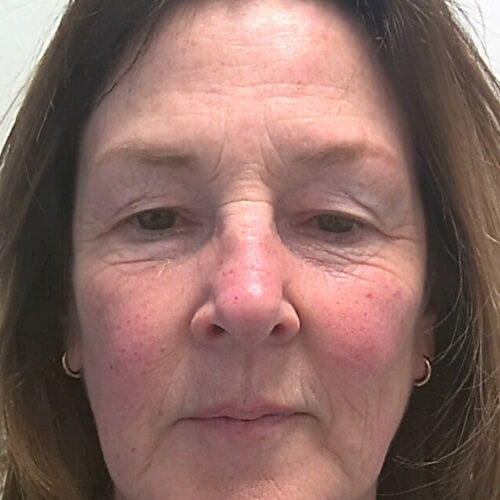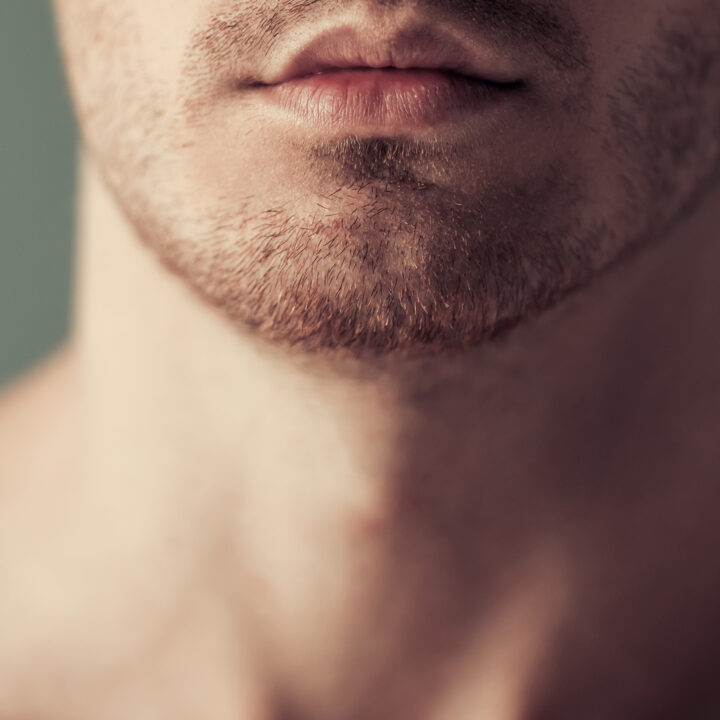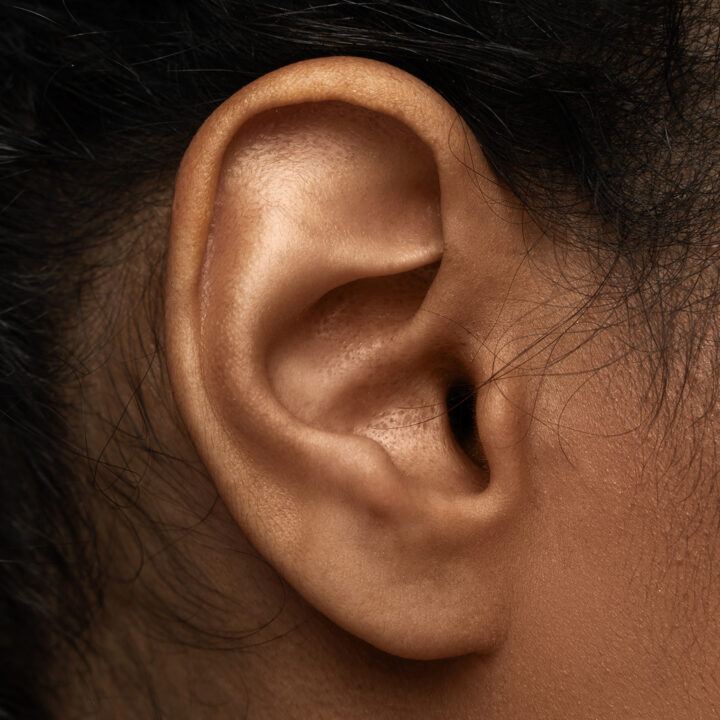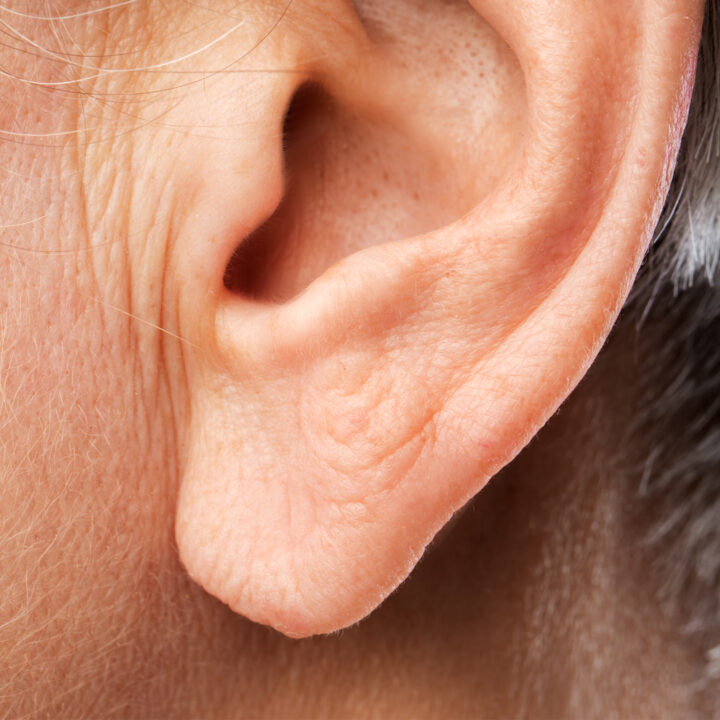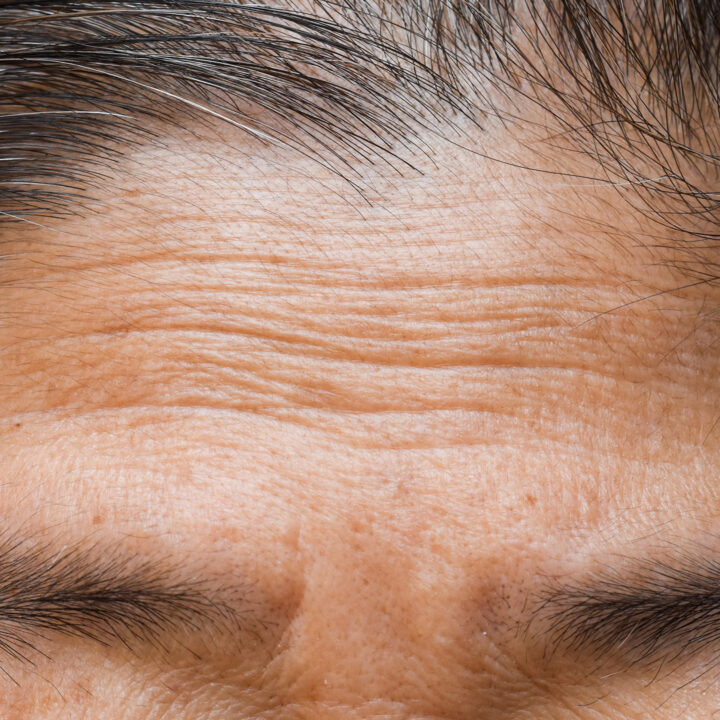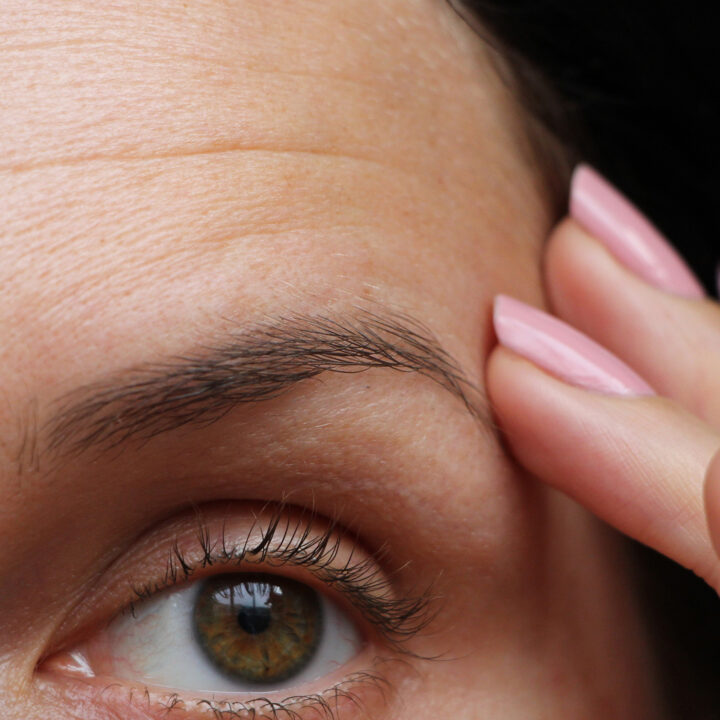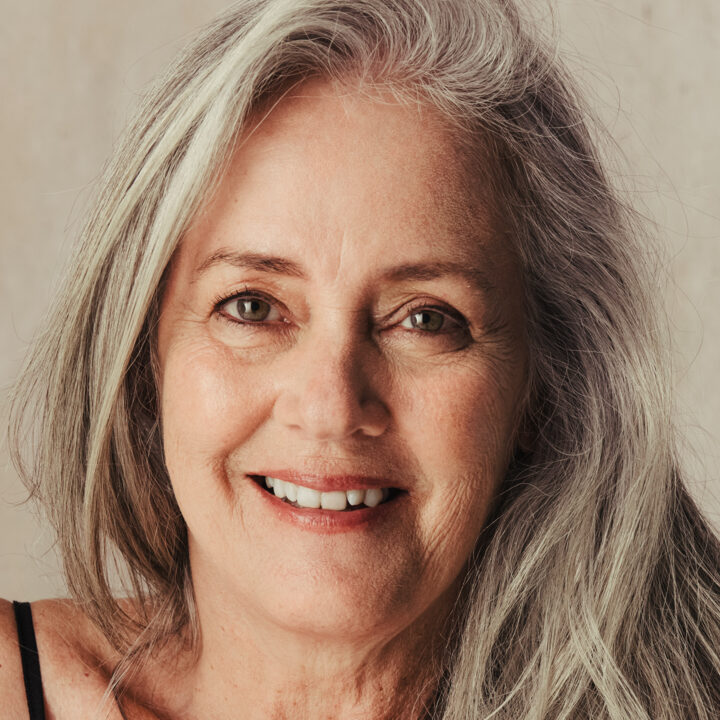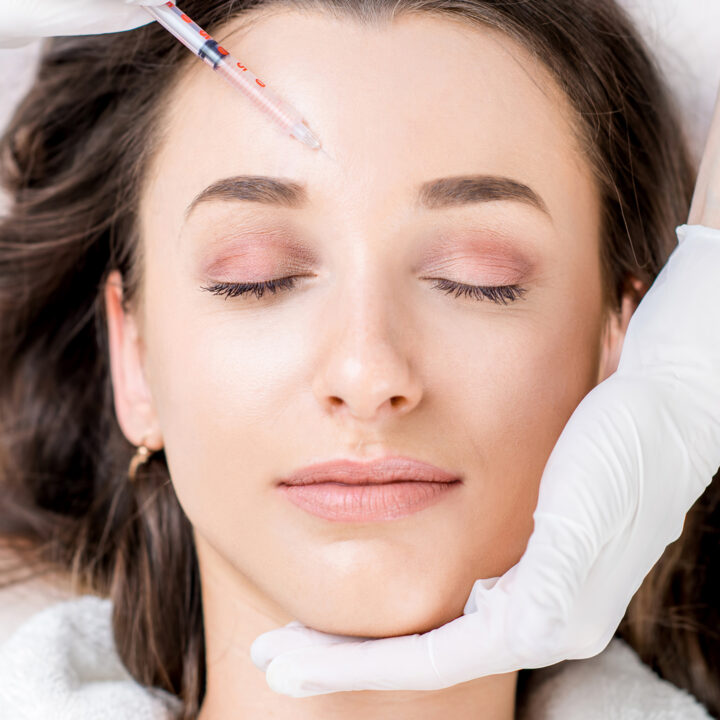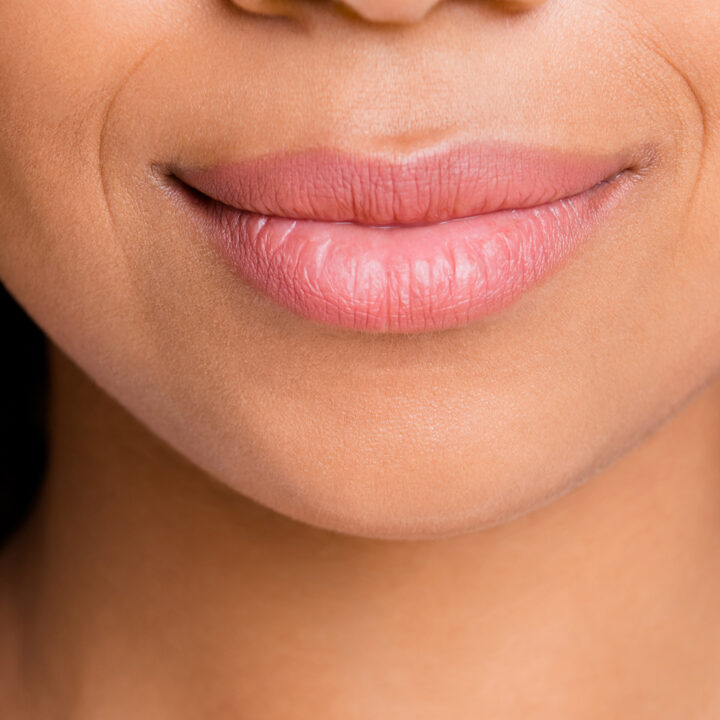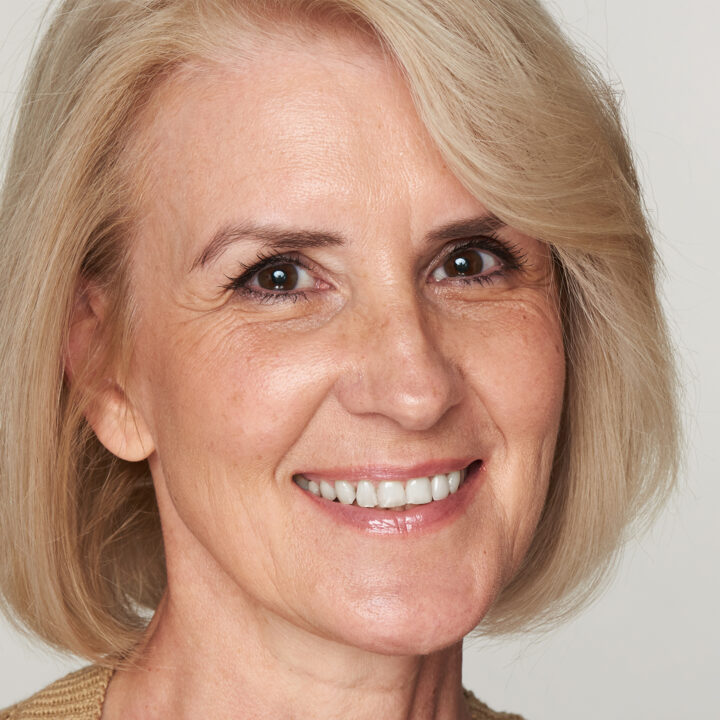Eyelid correction
Eyelid corrections are one of the most commonplastic plastic procedures. Having an eyelid surgery can give your face a fresh and rejuvenated appearance. Drooping eyelids can not only affect your vision, they can also make you look older and more tired. This impression is exacerbated if your lower eyelids have also started to sag, forming bags under your eyes. An upper eyelid correction, lower eyelid correction or a combined upper and lower eyelid correction will remedy these complaints.
The plastic surgeons at the Boerhaave Medical Centre perform a number of upper and lower eyelid corrections each week. They are therefore in an excellent position to decide whether you are a good candidate for such an operation and whether the results you are looking for can be achieved. Contact us for a consultation at our clinic in Amsterdam, you will be given no-obligation information by the plastic surgeon.
What does the eyelid correction cost
01 More information
As a result of the effects of aging, genetic predisposition and lifestyle, the skin and/or muscles around your eyes will start to sag to a varying extent. This can make you look older and more tired than you actually feel. Bags under the eyes in particular can give a weary appearance.
By removing the excess skin, fat and sometimes even muscle tissue around your eyes, an open, fresher and well-rested look will return to your face. An eyelid correction (blepharoplasty) is one of the most common procedures performed in cosmetic plastic surgery.
Upper eyelid correction
As your skin ages, it starts to lose its elasticity. And because the skin around your eyes is thinner, the loss of elasticity here is often more noticeable as the upper eyelids start to droop. With an upper eyelid correction, the plastic surgeon will remove a small strip of skin from the upper eyelid. For many people, this is all that is needed to achieve the desired effect. However, if the sagging in your eyelids is more pronounced, it will also be necessary to remove a bit of fat and muscle tissue as well.
Some people may also find that their actual eyelid starts to (partially) sag over the pupil on one or both sides of their face (ptosis or “droopy” eyes).
 This is due to a slackening in the muscle elevating the upper eyelid (levator muscle) and makes people look like they are really tired or have just got out of bed. Levatorplasty: This muscle is made slightly tighter (ptosis repair), so that it can function more effectively and the eye opens more fully. This procedure can be performed on its own or in combination with an upper eyelid correction, following the same incision line as the upper eyelid correction.
This is due to a slackening in the muscle elevating the upper eyelid (levator muscle) and makes people look like they are really tired or have just got out of bed. Levatorplasty: This muscle is made slightly tighter (ptosis repair), so that it can function more effectively and the eye opens more fully. This procedure can be performed on its own or in combination with an upper eyelid correction, following the same incision line as the upper eyelid correction.
Drooping of the upper eyelids is often accompanied by a slackening of the lower eyelids. So only opting for an upper eyelid correction may create an imbalance in your face. In such cases, it may make more sense to opt for a combined upper and lower eyelid correction.
Lower eyelid correction
As the skin of the lower eyelids slackens, folds of excess skin start to form. This slackening of skin sometimes goes hand in hand with an accumulation of fatty tissue underneath the eye socket. And this leads to the appearance of bags under your eyes. These bags can make you look tired and older than you truly feel. If this bothers you, it may be a good idea to consider a lower eyelid correction. A lower eyelid correction involves removing the excess skin and reducing the accumulated fatty tissue. A lower eyelid correction requires slightly more intervention from the plastic surgeon, so it is therefore preferably performed under mild sedation.
Related treatments
Many people who opt for an eyelid correction also consider an eyebrow lift, facelift and injectables.
02 Consultation
Plastic surgeon
The consultation is always held with the plastic surgeon who will be carrying out your procedure. During this consultation, you can discuss what bothers you the most about your eyelids and what you would like to have changed. Your plastic surgeon will take photos for your medical file, after which you will both discuss what you are looking for from your eyelid correction in front of a mirror. The plastic surgeon will then suggest the most suitable surgical technique for you and discuss it with you. In front of a mirror, you will be shown what this technique will entail and what you can expect in terms of end results.
The expected recovery period and any risks and complications will be talked through with you.
You will then be in a position to make a well-informed decision. The plastic surgeon will show you before and after photos of eyelid correction procedures they have previously performed. A summary of your consultation will then be set out in a treatment plan, and the overall costs will be discussed with you directly. The aim of the consultation is to inform you as clearly and fully as possible.
Consultants
Following on from your first consultation with your plastic surgeon, you will have an appointment with your consultant. The aim of this appointment is to tell you about the general aspects to be arranged with respect to your eyelid correction. Would you like to find out more about your first consultation?
03 Procedure
You are expected to turn up at the Boerhaave clinic half an hour before your eyelid correction.
Before the operation, the plastic surgeon carefully marks out what they are going to do. The local sedation or general anaesthetic is then administered.
If the procedure is carried out under local sedation, the sedative is injected into the loose skin around the eye, and not into the eye itself. If you are having a combined upper and lower eyelid correction procedure, the plastic surgeon will start with the upper eyelids.
An incision is made just under the lash line. Excess fat, muscle tissue and skin is then removed. The incision is then closed with fine, non-absorbable stitches. The stitches are removed 7 days after the procedure by the plastic surgeon who performed your procedure.
If you are not bothered by loose skin and only have fatty bags under your eyes, an incision will not be made under the lash line, but in the lower eyelid. This procedure is called a transconjunctival eyelid correction, and is usually performed on younger patients who only have fatty under-eye bags. Transconjunctival eyelid correction does not tighten the skin under the eyes, it reduces the bags of the lower eyelids without any visible scars.
During an eyelid correction procedure under general anaesthetic, your vital signs such as pulse, heart rate and respiratory rate, will be continuously monitored.
Duration of eyelid correction
A lower eyelid correction takes an average of three-quarters of an hour. The procedure for a combined upper and lower eyelid correction takes approximately 1 to 1½ hours.
04 After care and recovery
If the procedure is carried out under local sedation, you will be free to go home half an hour after the eyelid correction. If the eyelid correction is performed under general anaesthetic, you will usually stay at the clinic for a further 3 to 4 hours after the procedure. You will not be free to go home until the nursing staff and anaesthetist give their approval for you to leave.
Cooling eye patch
After the eyelid correction, you will be given a special cooling eye patch. You can take this cooling eye patch home with you, so that you can continue to soothe the treated area at home. Make sure you follow the instructions for using it, which the nursing staff will give you.
Post-procedure pain
You may have a slight burning feeling in your eyes after the procedure. In the first few days after the eyelid correction, additional swelling may occur, which will start to go down again after day 3. It is therefore recommended to regularly use the special cooling eye patch. The eye patch is initially used to reduce swelling around the eyes (in the first 4 hours after the procedure). You may then use the eye patch to soothe your eyes. There is generally almost no pain after an eyelid correction.
Recovery
You generally need 7 to 14 days to recover from an eyelid correction. An upper eyelid correction will usually heal slightly more quickly than a lower eyelid correction. After the procedure, the skin around the eyes will feel quite tight. You may also have some swelling and bruising around the treated area. As a result, you may suffer from irritated eyes for a couple of weeks. This is a natural reaction of your body and is not generally worrying. You may have blurred vision, especially with a combined upper and lower eyelid correction. This may last for a couple of weeks, and will disappear over the course of time.
05 Results
After an eyelid correction, you will be amazed by the results. An open and fresh look will have returned to your face, and your tired appearance will have gone. In the first few months after the eyelid correction, the treated area may still be slightly swollen and red. You shouldn’t worry about this. The body takes time to recover from a surgical procedure. After a number of weeks, the skin will be tighter and you will already be able to see the results. The results of an eyelid correction are generally long-lasting. However, the aging process will continue as before. How long the results last for will depend on your skin care routine and your genes.
Scars
The scars will be as good as invisible. This is because the stitches are made in the skin fold (upper eyelid) and immediately below the eyelashes. The plastic surgeon will do everything they can to ensure that the scars are virtually invisible. It is useful to know that a scar takes 1 to 1½ years to completely calm down. Take care to keep the scars out of the sun, and to protect and treat them carefully. In the end, the scars will fade into thin almost invisible lines.
06 Risks and complications
It is important you are aware that every surgical intervention can entail risks and complications. Plastic surgery procedures are in principle carried out on healthy people, so the risks and chances of complications are low. We make sure these risks are reduced to an absolute minimum, by providing plenty of information, taking a thorough medical history (noting your case history, including medication, any problems experienced in previous operations, allergies, etc.) and applying our professional procedures.
Eyelid corrections are successfully performed on many people each year at the Boerhaave Medical Centre. The chances of any complications arising are luckily rare. You can help reduce certain risks by carefully reading through the instructions you are given prior to your eyelid correction.
Possible complications of an eyelid correction may be:
- Haematoma (blood clot under the skin which has to be removed)
- Adverse reaction to the sedation
- Haemorrhaging
- Infection
- Change in sensitivity
- Permanent scars
- Damage to underlying structures
- Unsatisfactory aesthetic result.
More information
Plan your appointment now in our agenda or let us call you back.

